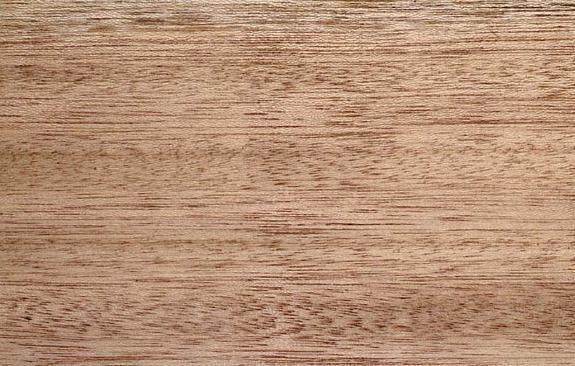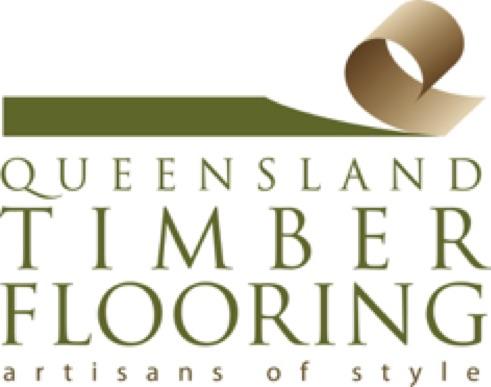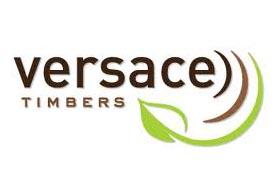Native to Malaysia, Indonesia and the Philippines, balau is a dense hardwood used mainly for heavy construction.
Selangan Batu, Gisok, Belangeran, Empenit Thitya, Teng, Alan, Shorea glauca, Maxwelliana, Shorea seminis, Shorea laevis
Shorea albida
Native to Malaysia, Indonesia and the Philippines, balau is a dense hardwood used mainly for heavy construction.
The heartwood of balau is yellow to brown, which is distinct from the paler sapwood. Its moderately fine and even texture presents an interlocked grain, which produces a stripe figure on the radial surface. Balau is also susceptible to pinhole borer damage.
In relation to its density, balau is relatively easy to work. It does not contain silica, however resin pockets may be present, meaning resin can build up on cutting equipment. Pre-drilling is advisable when nailing. Balau can be painted, stained and polished but is not suitable for steam bending
Balau is not often seen in Australia. Not to be confused with the more common red and yellow balau timbers, balau (Shorea albida) is used for heavy construction, wharfage, sleepers and shipbuilding.
Shrinkage
| Very Low | Low | Medium | High | Very High | |
|---|---|---|---|---|---|
|
|
|||||
|
Tangential :
|
7.30% | ||||
|
Radial :
|
4.50% | ||||
|
Unit Movement Tangential:
|
|||||
|
Unit Movement Radial:
|
Strength Group
| Very High | High | Reasonably High | Medium High | Medium | Reasonably Low | Low | Very Low | |
|---|---|---|---|---|---|---|---|---|
| Unseasoned: | S1 | S2 | S3 | S4 | S5 | S6 | S7 | S8 |
|
|
||||||||
| Seasoned: | SD1 | SD2 | SD3 | SD4 | SD5 | SD6 | SD7 | SD8 |
|
|
Stress Grade
|
Structural No. 1 |
Structural No. 2 |
Structural No. 3 |
Structural No. 4 |
Structural No. 5 |
|
|---|---|---|---|---|---|
| Unseasoned: | F27 | F17 | F14 | F11 | F8 |
| Seasoned: | F27 | F22 | F17 | F14 | F11 |
Density per Standard
| Seasoned: | 900kg/m3 |
|---|---|
| Unseasoned: | 1150kg/m3 |
Joint Group
| Very High | High | Reasonably High | Medium | Low | Very Low | |
|---|---|---|---|---|---|---|
| Unseasoned: | J1 | J2 | J3 | J4 | J5 | J6 |
|
|
||||||
| Seasoned: | JD1 | JD2 | JD3 | JD4 | JD5 | JD6 |
|
|
Colour
| White, yellow, pale straw to light brown | Pink to pink brown | Light to dark red | Brown, chocolate, mottled or streaky | |
|---|---|---|---|---|
|
|
||||
Mechanical Properties
|
Modulus of Rupture - Unseasoned:
|
103 |
|---|---|
|
Modulus of Rupture - Seasoned:
|
|
|
Modulus of Elasticity - Unseasoned:
|
18.3 |
|
Modulus of Elasticity - Seasoned:
|
|
|
Maximum Crushing Strength - Unseasoned:
|
66 |
|
Maximum Crushing Strength - Seasoned:
|
|
|
Impact - Unseasoned:
|
|
|
Impact - Seasoned:
|
|
|
Toughness - Unseasoned:
|
High - 25 Nm and above |
|
Toughness - Seasoned:
|
|
|
Hardness - Unseasoned:
|
9.5 |
|
Hardness - Seasoned:
|
Durability
| Low | Moderate | Reasonably High | High | |
|---|---|---|---|---|
| (0 - 5 yrs) | (5 - 15 yrs) | (15 - 25 yrs) | (more than 25 yrs) | |
|
In-Ground:
|
|
|||
| (0 - 7 yrs) | (7 - 15 yrs) | (15 - 40 yrs) | (More than 40 yrs) | |
|
Above ground:
|
|
|||
| (0 - 20 yrs, usually < 5) | (21 - 40 yrs) | (41 - 64 yrs) | (More than 60 yrs) | |
|
Marine Borer Resistance:
|
|
|
Lyctid Borer Susceptibility:
|
Susceptible |
|---|---|
| Lyctid Borer Susceptibility - Other: | |
|
Termite Resistance:
|
Not Resistant |
Fire Properties
| 1 - non-combustible | 2 - reasonably non-combustible | 3 - slightly combustible | 4 - combustible | |
|
Fire Properties Group Number: |
|
| Group Number - Other: | 3 if used on MDF or particleboard ≥12mm; veneer thickness 0.6-0.85mm |
|---|---|
|
Average Specific Extinction Area:
|
<250 |
|
Bushfire Resistance:
|
BAL 12.5 and 19 – All AS3959 required applications |
Balau features heartwood that is of a yellow to brown colour and has a paler sapwood, which can be up to 50 mm wide. Its moderately fine and even texture presents an interlocked grain, which produces a stripe figure on the radial surface. Resin pockets may also be present. Balau is susceptible to pinhole borer damage.
Of high strength and durability, balau is mainly used for heavy construction. It is also used for wharfage, sleepers, ship building.






